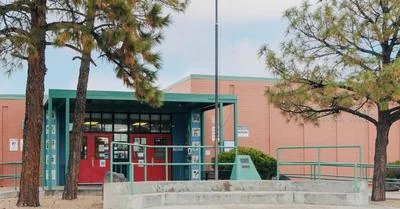Scientists at Los Alamos National Laboratory, as part of a collaborative team, have embarked on the exploration of topological phases of matter. This venture aims to drive advancements in innovative quantum devices. The team employed a novel strain engineering approach to transform hafnium pentatelluride (HfTe5) into a robust topological insulator, thereby increasing bulk electrical resistance while simultaneously reducing surface resistance.
Researchers from UC Irvine grew HfTe5 crystals and implemented cryogenic strain engineering at the Center for Integrated Nanotechnologies (CINT) laboratory at Los Alamos. Optical and angle-resolved photoemission spectroscopy were used for sub-micron imaging and insights, revealing the transformation of HfTe5 into a strong topological insulator. According to a press release by Los Alamos National Laboratory, this process significantly increased bulk electrical resistivity and highlighted topological surface states.
The success also suggests the possibility of extending strain engineering to study topological phase transitions in van der Waals materials and heterostructures. Ongoing experiments at Los Alamos' National High Magnetic Field Laboratory are exploring the newly discovered topological property under ultra-high magnetic fields up to 65 Tesla. These investigations aim to reveal phenomena related to exotic physics like quantum anomalies, according to another press release by Los Alamos National Laboratory.
Michael Pettes, a scientist with CINT at the Laboratory, expressed his enthusiasm about the breakthrough. "I’m excited that our team was able to show that the elusive and much-sought-after topological surface states can be made to become a predominant electrical conduction pathway," Pettes said in a press release by Los Alamos National Laboratory. He added that this discovery holds promise for the development of various types of quantum optoelectronic devices, dark matter detectors, and topologically protected devices such as quantum computers. Furthermore, he emphasized that their demonstrated methodology is compatible with experimentation on other quantum materials.
Los Alamos National Laboratory, established in 1943 as part of the Manhattan Project and located approximately 35 miles northwest of Santa Fe, operates as a multi-program research center. Its focus areas include nuclear weapons design and production, addressing nuclear threats, and conducting national security science, technology, and engineering, according to the About webpage provided by Los Alamos National Laboratory.









